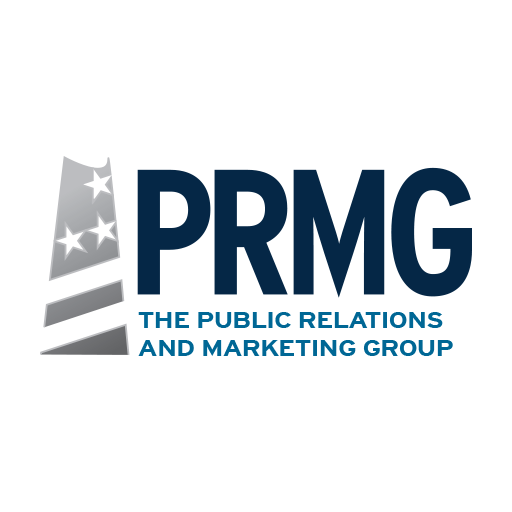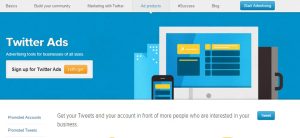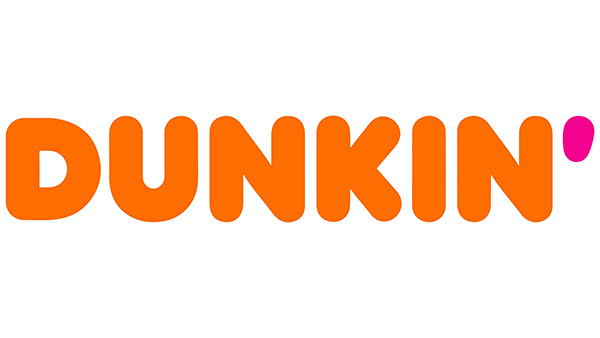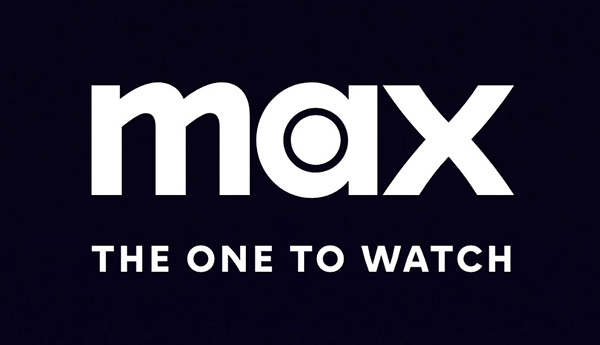As the world’s most popular micro-blogging website, Twitter has become an increasingly important tool for businesses to promote their products and services through word-of-mouth marketing and generate buzz about their brand. While businesses have used tweets, links, and hashtags since Twitter’s inception to engage with existing and potential customers, Twitter recently expanded businesses’ ability to advertise through Twitter Ads. Previously, Twitter Ads was limited to a select group of large companies and those who were invited to participate, but with a new self-service system, any business or individual can use this feature to promote tweets or accounts and increase followers.
For those not familiar with Twitter, here’s a brief overview. Twitter is a micro-blogging site that allows its users to communicate by posting short updates known as “tweets” to their profiles and “following” each other’s tweets on their newsfeeds. Every Twitter user has a unique username, known as a Twitter Handle, which is prominently displayed on the user’s profile page and next to every tweet the user posts. Tweets are limited to 140 characters and often include links to other websites, articles, blog posts, or hashtags. Hashtags (symbolized by the # sign) allow users to search for tweets with specific subjects or phrases, such as #JobInterview or #SmallBiz. You can learn more about Twitter from PRMG’s previous post.
Before Twitter Ads, businesses focused on engaging with consumers by tweeting frequently, using popular hashtags, and sharing blogs and other links about their products, services, or industry. With these tools, businesses could build rapport with their followers, strengthen their online presence, and connect their websites and blogs to a social media forum. However, it was often harder to attract new customers, as businesses could not specifically target those they wanted to reach. Twitter updates could also be very time-consuming, and full engagement with followers could distract from other social media and marketing strategies. In addition, including too many links on a Twitter profile would seem like spam and deter Twitter users from following the business. Twitter Ads solves many of these problems and can improve the effectiveness of social media marketing.
Twitter Ads comes in two forms: Promoted Tweets and Promoted Accounts. With both Promoted Tweets and Promoted Accounts, businesses target a specific audience in order to drive traffic to their profile. Businesses choose a location—city, state, or country—to focus on, and then narrow to their target audience by filtering through specific genders, interests, and other criteria. For example, a music store can target people who like to play instruments and a golf club can target men who live in a suburban area. As a result, a business’s Twitter activity will reach those who are most likely to engage with the product or service.
After finding a target audience, the two Promoted approaches start to differ. Promoted Tweets work the same way as regular tweets, and they allow businesses to broaden their reach and inform the intended audience about special offers, press releases, and other information relevant to the business or industry. The Promoted Tweet targets the chosen audience and stays at the top of the Twitter users’ newsfeeds when they log in, whether or not the users are currently following the company. A Promoted Tweet is often better for a short-term approach, such as attracting business immediately for a one-day sale or special event, though it can also increase followers. Promoted Tweets can also be used to generate traffic to a blog post or article on another website. On the other hand, Promoted Accounts can be more beneficial for a long-term approach that focuses on building a stronger customer base or increasing brand awareness. Promoted Accounts use an algorithm to track potential followers with similar characteristics of current followers and appear on a side bar of a Twitter user’s profile in the “Who to Follow” recommendation section. Overall, Promoted Accounts are better for building and maintaining relationships. Promoted Tweets and Promoted Accounts can be used separately or in conjunction.
Because Twitter Ads is now self-service, businesses set a daily spending limit and can stop, start, or resume advertising at any time. This new system that Twitter uses is very similar to the Pay-Per-Click system used by Facebook Advertising and Google AdWords. Twitter only charges when a Twitter user clicks the link to follow the Promoted Account or engages with the Promoted Tweet through a retweet, follow, favorite, reply, or link. As a result, the business remains in complete control of its advertising budget and strategy.
Furthermore, with both Promoted Tweets and Promoted Accounts, businesses can track the success of their advertising with Analytics that show the increase in the number of followers or clicks-per-link, as well as how their budget has been spent. The Analytics feature separates increased traffic and activity that occur organically from traffic and activity that result from concentrated marketing efforts, demonstrating the effectiveness of the campaign.
As Twitter continues to gain in prominence, consider your goals for social media marketing. Do you want to expand your customer base by targeting a specific market? Do you want to further engage already-existing customers or spread the word about a new product or service? Twitter Ads may be worth the time and investment.
If you are interested in Twitter Ads or have any questions about your social media strategy, contact 1-855-PRMG-123 or info@theprmg.com .



